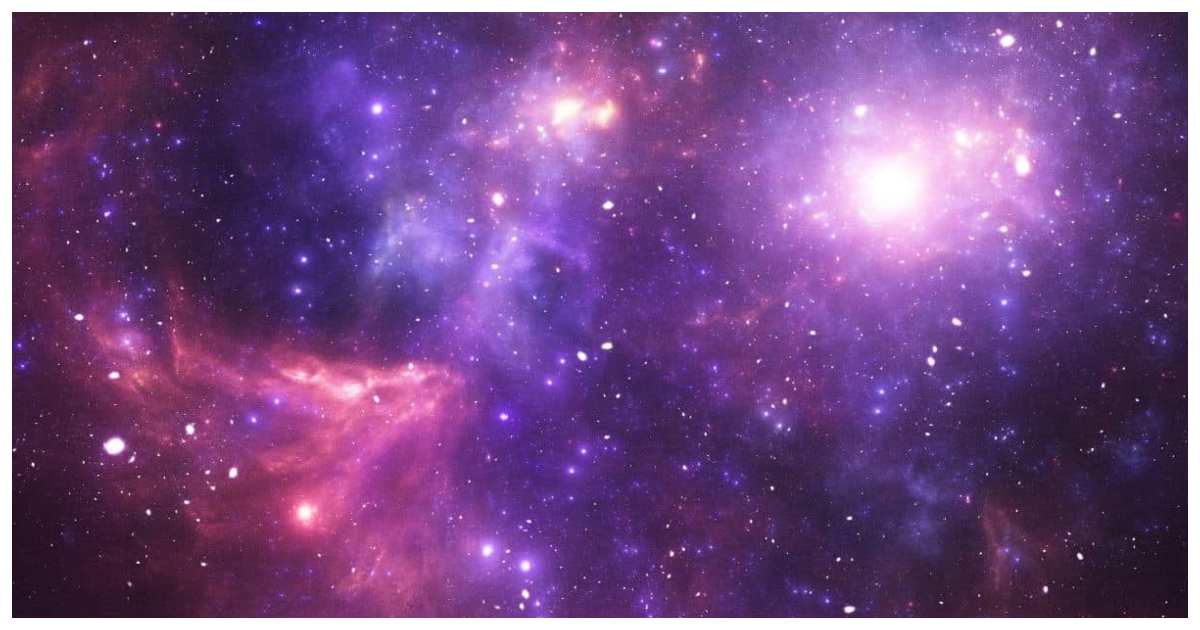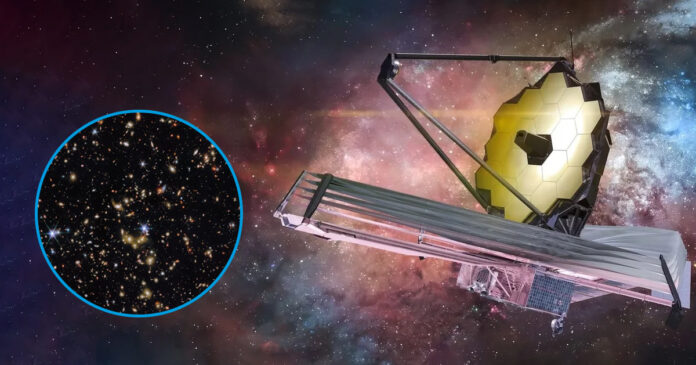The COSMOS-Web Project has achieved a significant scientific milestone. Led by scientists from the University of California, Santa Barbara, and the Rochester Institute of Technology, the researchers used the James Webb Space Telescope (JWST) to create the largest map of the universe.
Using JWST, they investigated the COSMOS field, a wide region of space, and captured the universe as it appeared 13.5 billion years ago. NASA claims that the universe is approximately 13.8 billion years old.
Hence, the project has mapped 98% of the cosmic timeline and revealed 800,000 galaxies. The findings have major implications for the field of astronomy and raise an intriguing set of questions.
The Findings are More than What We Expected
Prior to investigations conducted using JWST, astronomers had made predictions based on data from the Hubble Space Telescope. Reliable measurements suggested that galaxies formed within the first 500 million years of the Big Bang would be rare.
The JWST surprised astronomers, revealing ten times more galaxies than predicted by earlier models at extremely distant locations. The telescope also spotted early, supermassive black holes that were invisible to the Hubble.
One of the co-leaders of the project, Barbara Casey, claimed:
“And the big surprise is that with JWST, we see roughly 10 times more galaxies than expected at these incredible distances. We’re also seeing supermassive black holes that are not even visible with Hubble.”
Furthermore, it also revealed a complex and structured cosmic universe 300-500 million years after the Big Bang, which previous models and simulations had failed to predict.

The COSMIC-Web Survey has Raised Important Questions
While astronomy has never seen such a detailed map of the universe, there is still much to be explored, as the map has raised intriguing new questions.
The most important question relates to the early formation of massive galaxies post the Big Bang. Previous models had failed to catch this, which is why the investigators were surprised.
Referring to the unprecedented findings, Casey stated:
“Are these JWST datasets breaking the cosmological model? Because the universe was producing too much light too early, it had only about 400 million years to form something like a billion solar masses of stars. We just do not know how to make that happen.”
Despite the questions and ambiguity, a massive exploit of the project is its wide accessibility. The images are available online to the broader community, a major benefit for young astronomers and enthusiasts.
Naturally, the complex images require some technical knowledge, making them less useful for the common. Nonetheless, it is a major step towards the democratisation of science.
Stay tuned to Brandsynario for the latest news and updates






































